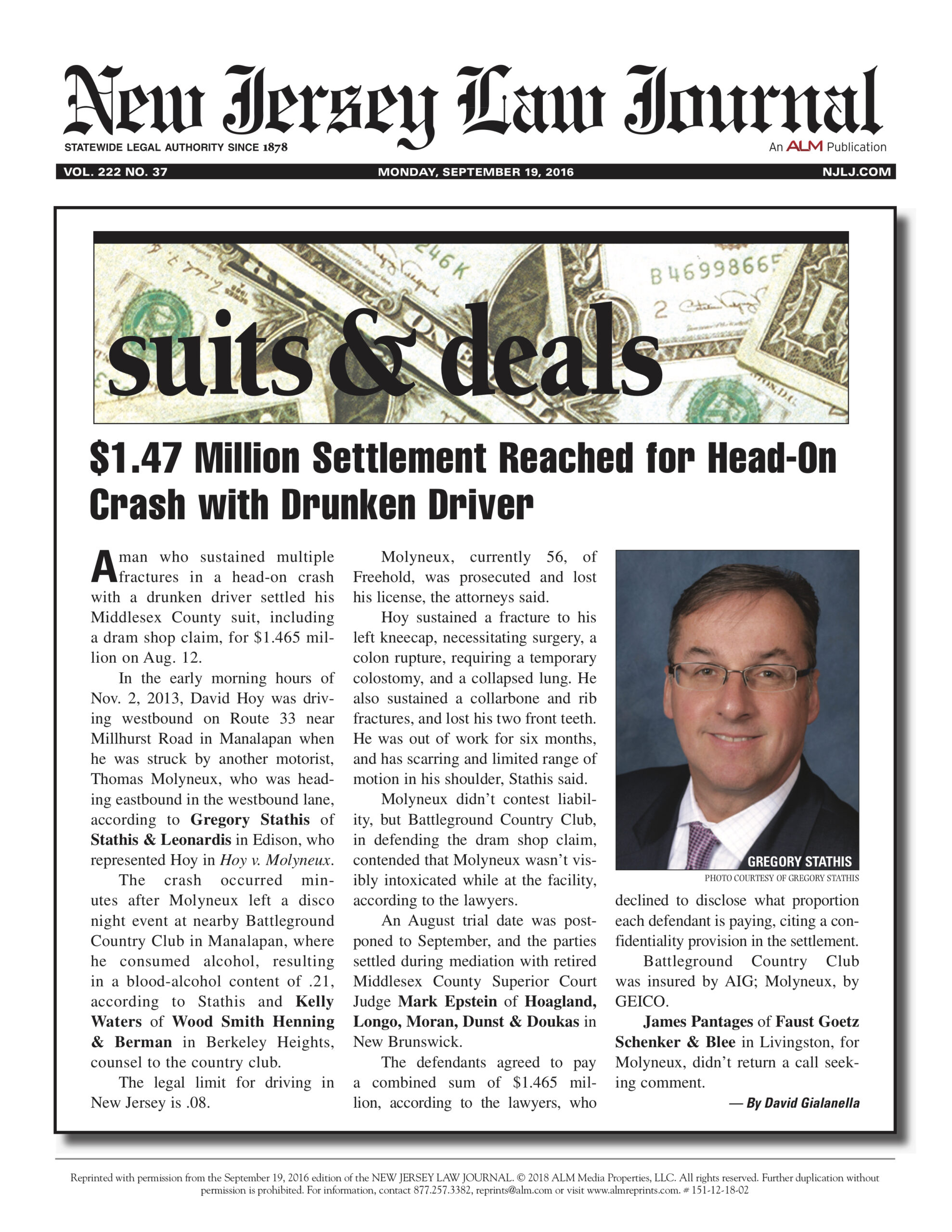
It seems that every year there is an increasing number of car accidents on the road. Aggressive driving is a major culprit in collisions and crashes. If you have ever been driving and noticed a car sitting uncomfortably close in the lane behind you, you may have experienced tailgating. Many accidents are caused by tailgating and other forms of aggressive driving. If you were involved in a tailgating accident and require representation a skilled Middlesex County auto accident attorney can help.
What is Tailgating?
Tailgating is an aggressive form of driving where a car speeds up to follow dangerously close to the vehicle in front of it. Without leaving an appropriate distance the car behind will not be able to stop in time to avoid a collision if the vehicle ahead were to suddenly brake.
Tailgating is a dangerous driving practice, especially on highways and areas where drivers are operating at fast speeds. The average speed limit on highways can fall anywhere between 50 to 75 miles per hour, though many people disregard these rules. The required stopping distance for a car is measured using an average reaction time, as in to realize the need to brake, and the average braking distance needed to bring the vehicle to a stop. A car traveling at 60 miles per house could need nearly 300 feet to stop safely. This distance is not feasible when tailgating occurs.
Is Tailgating a Common Cause of Accidents?
Tailgating is one of the leading causes of auto accidents. More than one-third of all car crashes in the United States are the result of tailgating. Statistics show that 75% of tailgating accidents happen on highways and tollways. When people tailgate on roads with frequent traffic lights and speed changes accidents are bound to happen. But why is tailgating such a common occurrence? The following are the main reasons that people tailgate on the road.
- Road rage is a leading cause of tailgating. Drivers can become aggressive when they are angry which can often happen on the highway. A driver may cut off another driver, change lanes without warning, or drive under the speed limit irritating other vehicle operators. Some drivers treat tailgating as a punishment for bad behavior, not fully understanding or caring about the dangers.
- People who are driving under the influence of drugs or alcohol may also participate in tailgating. Intoxication can alter a person’s ability to think rationally and impair their vision and depth perception. They may not realize how close they are driving to the car in front of them or believe the situation is safer than it is.
- Distracted driving can cause all kinds of accidents. Drivers who are not paying close enough attention to the road will often tailgate the cars in front of them. Glancing away to read a text, skip a song, or take a bite of food can be enough time to accidentally close the distance between themselves and the vehicle ahead of them.






